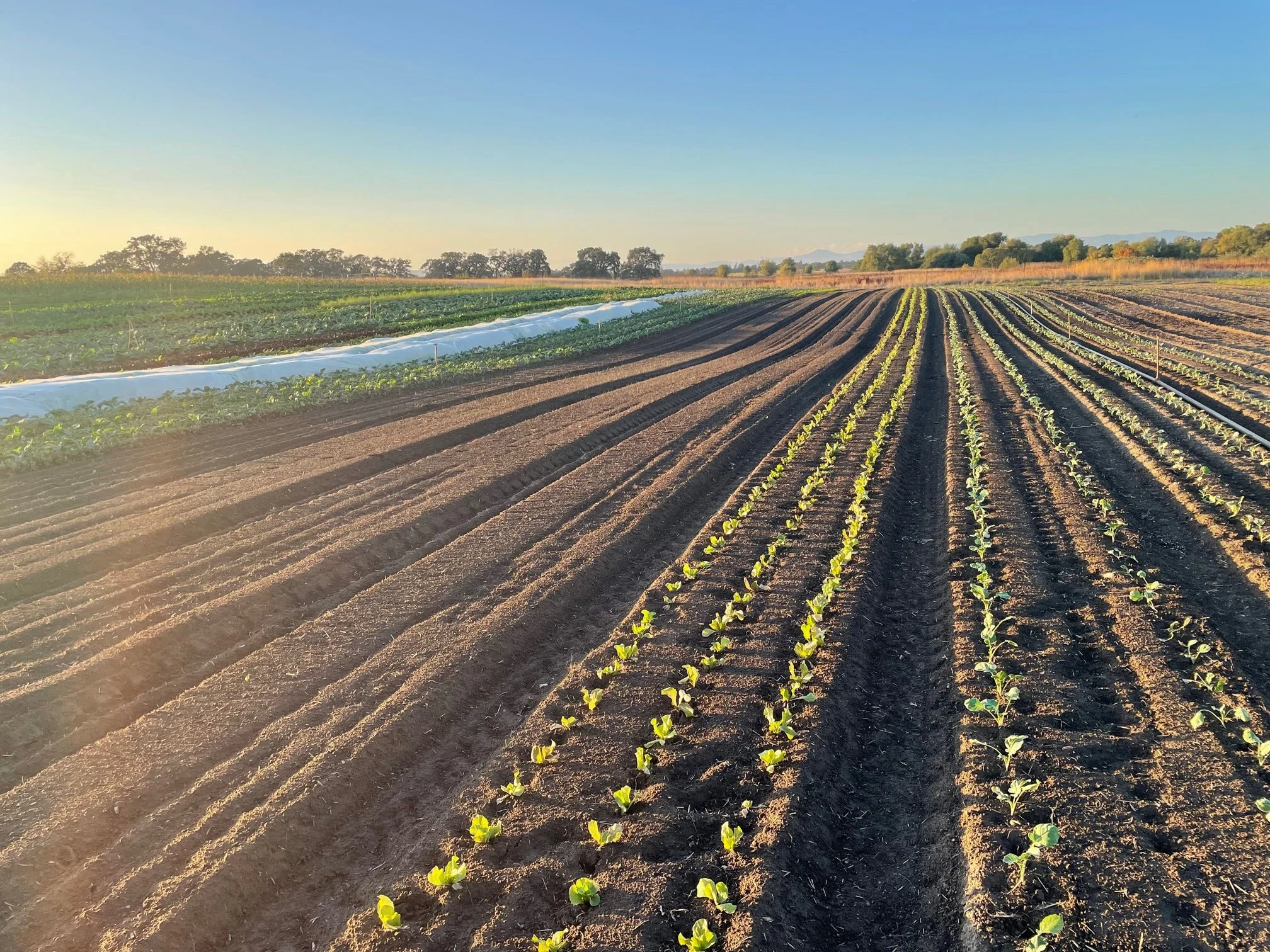So far in this log, we’ve penned an Ode to Maize and an Ode to the Potato; two New World crops who changed the world and inspired poets.
It is time for for an Ode to the fairest of them all. One who kindles deep, lasting love and has for 10,000 years. The beloved oldest of the Three Sisters… the Squash.
The ancestral plants of squash (the species including zuchinnis, melons, gourds, cucumbers, pumpkins and all winter squash) are millions of years old and native to the New World. It was love at first sight once we came around.
The earliest evidence for human domestication dates back 10,000 years to Southern Mexico; earlier than the domestication of corn or beans.
Word travelled fast and inspiration abounded. By 2,000 B.C., squash had became a part of life for almost every Native American culture from Southern Canada to Patagonia — varietals were kept and cherished for everything from the protein rich and medicinal seeds of some, to the sweet flesh and tough, winter hardy skins of others. Botanists note at least six separate domestication events by Native peoples in the New World. (The English word “squash” comes from the Narragansett word, askutasquash, meaning fresh vegetable, and similar words can be found in the related languages of the Algonquian language family.)
Here at GVCFarm, the human + squash love affair burns bright... and we have at our fingertips the unparalleled modern library of heirloom squash seeds. Last winter, farmer Kayta hunkered down with a seed catalogue, a good cup of coffee, a roaring fire, and her seed selecting genius, and laid out a season long love sonnet to squash. We felt the summer wind with a cool slice of Striped Armenian cucumber; We dined by candlelight over pasta with Costata Romanesca Zucchini; Once we tasted Sarah’s Choice Cantaloupe, we could never forget; But in the Winter, our true love came -- Winter Squash.
2018's winter squash. Top row from L to R: Sunshine Kabocha, Marina di Chioggia, Winter Luxury Pie Pumpkin, Wintersweet Kabocha // Bottom row from L to R: Jester Acorn Squash, Racer Jack-O-Lantern Pumpkin, Delicata, Butterscotch Butternut, Red Kuri, Honeybear Acorn
Marina Di Chioggia: This year's weirdo squash, "deliziosa, especially for gnocchi and ravioli... a culinary revelation." We'll include some tips on how to cook it when we distribute this later on.
Delicata - A real heartbreaker. The sweetest. Easiest to cook, even easier to eat.
Honey Bear Acorn - Your personal size Acorn squash. Very sweet. Coming this week!
Jester Acorn - The sweetest Acorn squash we've ever tasted, and very creamy. David's favorite. We fell in love with it 3 years ago when Kayta first grew it on the vineyard farm.
Sunshine Kabocha - The village beauty. A gorgeous red Kabocha. Sweet and flaky. Kayta's favorite, exceptional for pumpkin pie.
Butterscotch Baby Butternut - A real winner. A sweet and flavorful butternut ready to eat right after harvesting. This years are tasting exceptionally sweet.
Winter Luxury - Beautiful, lacey, netted pie pumpkin. The only pie pumpkin that can compete with a Kabocha. We'll distribute this one around Thanksgiving with our go-to pumpkin pie recipe.
Wintersweet Kabocha: "Winter Sweet delivers a combination of sweetness, flaky texture, and depth of flavor that has made it a favorite on our research farm. "Unparalleled eating quality," says the legendary Johnny's seed catalogue. Best after two months of curing. We fell in love with this one eating it in January. We'll put out this one out toward the end of harvest pick-up.
Red Kuri: A baby red Hubbard squash, sweet and mild with smooth texture. Good for pies and purees, you can eat the skin.
Racer Jack-O-Lantern Pumpkin: Were a little small this year because we grew them in between two rows of corn, but we thought they made the perfect Jack-O pumpkins. The seeds were great too.
We hope you fall in love with a Squash this Fall.
See you in the fields,
David & Kayta




